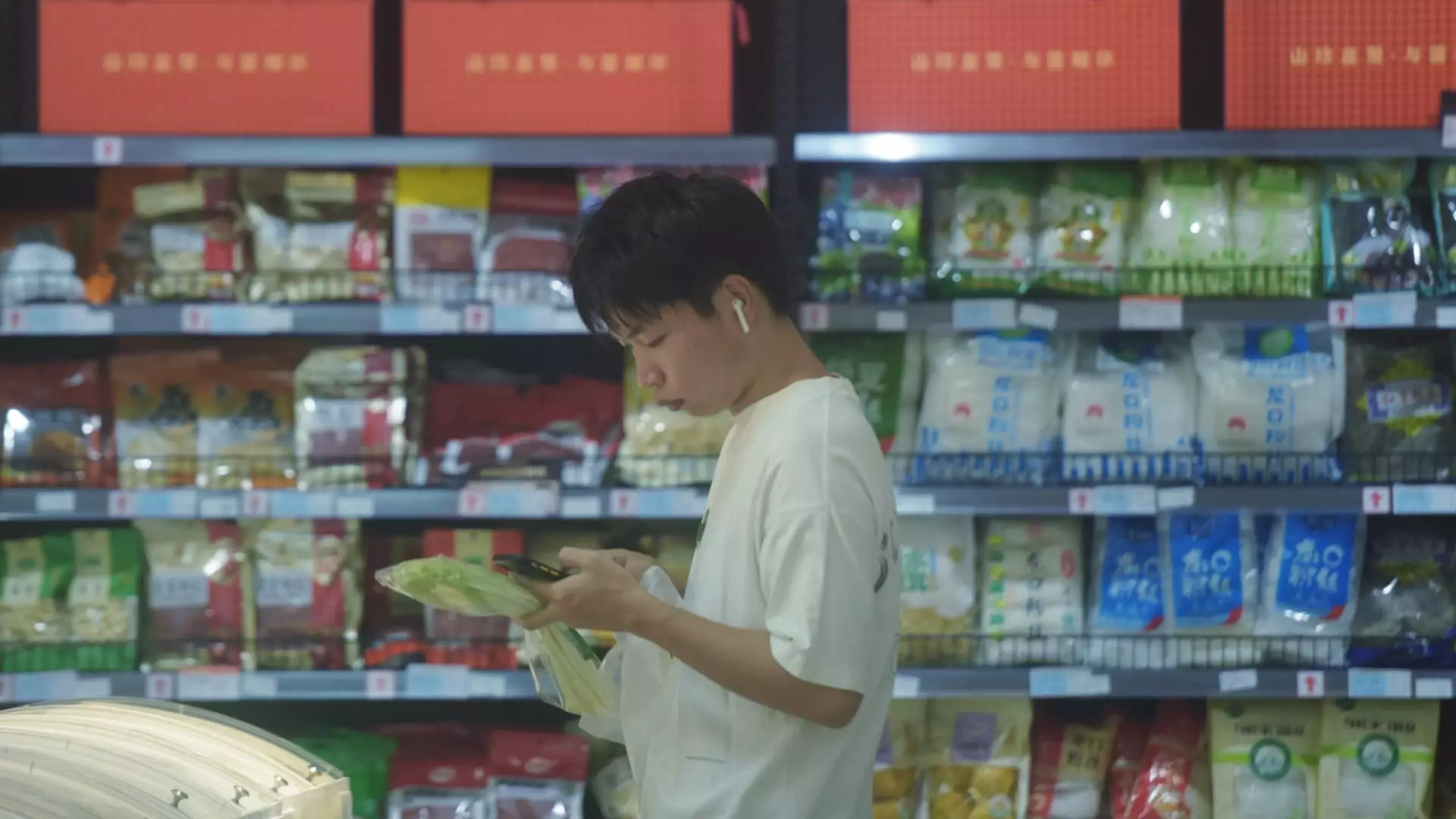In August, China’s economy exhibited troubling signs as key metrics such as retail sales, industrial production, and urban investment all showed slower growth than had been anticipated. According to the National Bureau of Statistics, retail sales experienced a modest increase of merely 2.1% year-on-year, falling short of predictions which had projected a 2.5% growth. This marks a decline from the already tepid growth of 2.7% observed in July. Such figures are not only disappointing but also alarming, as they indicate a persistent weakness in consumer sentiment and spending—vital components for a buoyant economy.
Furthermore, industrial production, which is a crucial indicator of manufacturing activity, rose by 4.5% in August. This too came below the expected 4.8% increase and lagged behind July’s more robust growth of 5.1%. The failure to meet these projections raises red flags about the stability of China’s industrial recovery in the wake of the pandemic, particularly as the global economy also faces headwinds.
The realm of fixed asset investment also exhibited signs of fatigue, with growth recorded at 3.4% for the period spanning January to August—again missing the forecasted 3.5%. Specific areas of concern included infrastructure and manufacturing, where growth has notably decelerated compared to July. This stagnation becomes more pronounced when considering the drop in real estate investment, which plummeted by 10.2% year-on-year through August. The decline mirrors the situation from July, signaling a troubling trend for an industry that has historically been a cornerstone of China’s economic growth.
The urban unemployment rate nudged up to 5.3% in August, a slight increase from July’s 5.2%. National Bureau of Statistics spokesperson Liu Aihua pointed out that this increase can primarily be attributed to many recent graduates entering the job market. Although these graduates are a vital part of the workforce, their influx may further strain an already tight employment landscape, particularly for the youth demographic, which recorded a staggering unemployment rate of 17.1% in July. This indicates the pressing challenge of managing youth unemployment while promoting economic stability.
The overarching themes of external pressures and domestic lethargy are apparent, with the Bureau acknowledging that external uncertainties are mounting. This sentiment has raised questions about the authorities’ approaches to invigorate domestic demand and stimulate the economy as it grapples with a lukewarm recovery from the extended repercussions of COVID-19. Interestingly, while import levels rose only marginally by 0.5% in August, a stark contrast emerged in export figures, which saw a robust 8.7% rise, implying that external demand may still hold some promise.
Despite the weak internal signals, Chinese policymakers have yet to unveil a comprehensive stimulus package aimed at reviving the economy. Analysts have vocalized concerns about the sustainability of economic growth under such circumstances, particularly as consumer confidence remains subdued. Beijing’s consumer price index for August also fell short of expectations, revealing a mere 0.6% increase from the previous year, further highlighting the struggle to boost consumption.
As China prepares to celebrate its Mid-Autumn Festival, the economic landscape remains fraught with uncertainties. With the next major public holiday approaching in early October, it will be crucial for stakeholders to monitor how consumer behavior evolves during this period. The confluence of domestic challenges and external pressures will undoubtedly shape the next steps for China’s economic strategy as it endeavors to reclaim its footing. The road ahead is not only pivotal for the forthcoming months but also for setting a precedent in tackling the multifaceted economic challenges faced by the nation.

